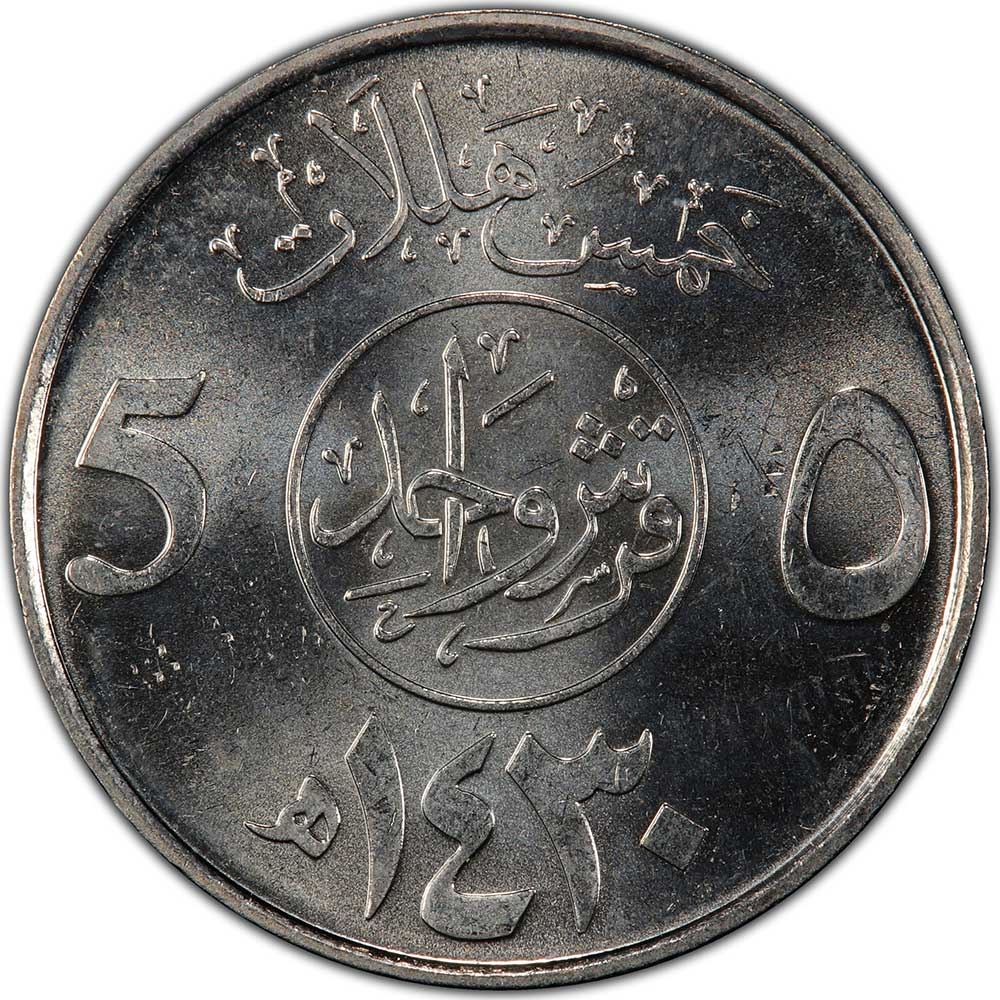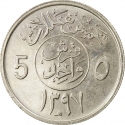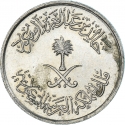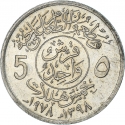You are about to finish your registration. Please check your mailbox (including spam folder). There should be a letter with a confirmation link. Check setting to make sure that your e-mail address is correct.
Send letter againDescription
Abdullah bin Abdulaziz Al Saud (1924–2015) was King of Saudi Arabia and Custodian of the Two Holy Mosques from 1 August 2005 until his death.
Abdullah was one of the many sons of King Abdulaziz, the founder of modern Saudi Arabia. Abdullah held important political posts throughout most of his adult life. In 1961 he became mayor of Mecca, his first public office. The following year, he was appointed commander of the Saudi Arabian National Guard, a post he was still holding when he became king. He also served as deputy defence minister and was named crown prince when his half-brother Fahd took the throne in 1982. After King Fahd suffered a serious stroke in 1995, Abdullah became the de facto ruler of Saudi Arabia until ascending the throne a decade later.
Obverse

|
Depicts the Saudi Arabian national emblem, legend above "King Abdullah bin Abdulaziz Al Saud" and below "Custodian of the Two Holy Mosques". الملك عبد الله بن عبد العزيز آل سعود |
|---|---|
Reverse

|
Legend "Five Halala" above inscription and in a circle "One Qirsh" dividing numeral values, date below. The هـ (Hijra) is placed on the left of the year. خمس هللات |
| Edge |
5 Halalas
(Qirsh)
KM# 69 Schön# 50
Characteristics
| Material | Cupronickel |
| Weight | 2.5 g |
| Diameter | 19.5 mm |
| Thickness | - |
| Shape |
|
| Alignment | Medal |
| Mint |
Royal Mint
|







